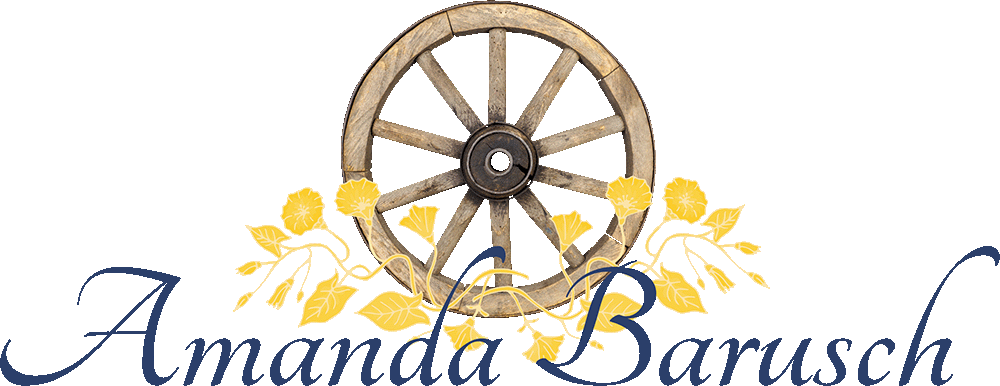What Makes us Happy?
The cover of the June ’09 Atlantic Month features a radiantly happy young man and the promise of lessons on happiness from “an amazing 72-year study" (http://www.theatlantic.com/doc/200906/happiness). Who could resist?
Turning to page 36, the cover shot makes more sense. The study in question was the Harvard Study of Adult Development, the not-so-aptly named longitudinal study of Harvard men conducted by George Vaillant. (Gee whiz, I thought he was dead! I also thought the era of the generic “he” long past.) We studied Vaillant in college as a classic example of psychologists who use a male metric to measure all of humanity. Yep, George derived his elaborate theory of human development from a sample of 268 men – but these were HARVARD men – and a special group at that, HARVARD men selected because their early selves promised success. So, with untold (literally, unmentioned) amounts of foundation money they were poked and prodded in periodic physical exams while social workers visited their families, RA’s mailed them surveys, and the occasional graduate student met them for in-depth interviews every 15 years.
Caveat reader, I guess. Atlantic author Joshua Shenk goes along with the program, skipping past the blatantly unrepresentative sample to get to the meat of the matter.
“Where’s the beef?” Others might disagree, but to me the crux of the findings is found on page 46, where Shenk lists the “seven major factors that predict healthy aging, both physically and psychologically.” Measured at age 50, they were: education, (no surprise there, though one wonders what kind of variation they had) stable marriage, not smoking, not abusing alcohol, some exercise, and healthy weight. Those with five or 6 of these factors had only a 7.5% chance of ending up at 80 in the category Vaillant called “sad-sick,” whereas half ended up “happy-well.” Among those with three or fewer factors at fifty NONE “ended up happy-well.” Sorry, but I remain unconvinced.
I wonder, for instance, how Vaillant evaluated happiness among his 80-year-olds. Might it not have a wee bit to do with the very factors used to predict it? I can spot a tautology at 50 yards and this shaves pretty close. The factors that “predict” healthy aging look very much like the definition of healthy aging. How can we tease out what “predicts” (the implication here is “causes”) well-being from our very definition of well-being? A lot hinges on how well-being was measured, which is conveniently left out of the article.
Methodological limitations aside, the piece does tell an interesting story of Vaillant’s progression as a researcher. Enamored of his method, Vaillant said, “To be able to study lives in such depth, over so many decades, it was like looking through the Mount Palomar telescope.” (p. 40). But a telescope’s gaze is hardly appropriate for understanding the complicated lives of individual humans. As his successful career moved on, it seems that Vaillant’s passion for his method shifted. Described by Shenk as “more like a biographer.” (p. 44) Vaillant sought to make sense of individual lives for their own sake, rather than for the pursuit of generalities. Then things started to get interesting.
Where Vaillant’s generalities are suspect, the stories he collected reveal their own truths. There’s the story of a beloved physician and husband. For his 70th birthday his wife asked his long-time patients to write letters of appreciation. The result was a flood of missives packed with love and gratitude that, as it turns out, eight years later the man had never opened. Now that’s poignant! Or something. There’s the man whose life froze when he failed for the first time after a life full of glorious success. Or the one who came out at 70 and told his middle-aged children he was gay.
Though he doesn’t seem to have cracked the happiness nut, as a “keeper of biographies” Vaillant makes a tremendous contribution.
